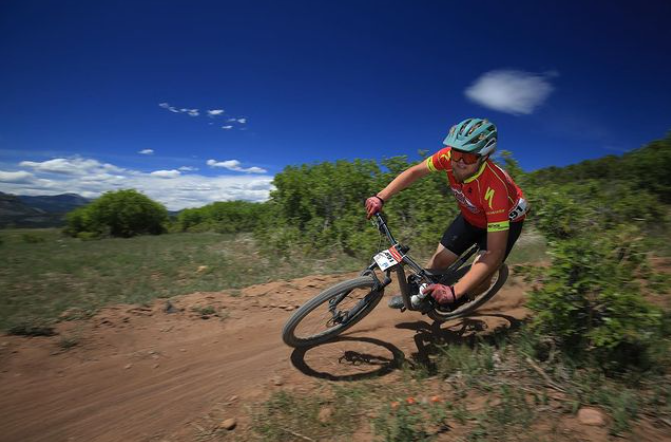Types of mountain bikes: all the different mountain bike categories explained
From hardtails to full-suspension bikes, this is our guide to the different types of mountain bikes and what they're intended to do
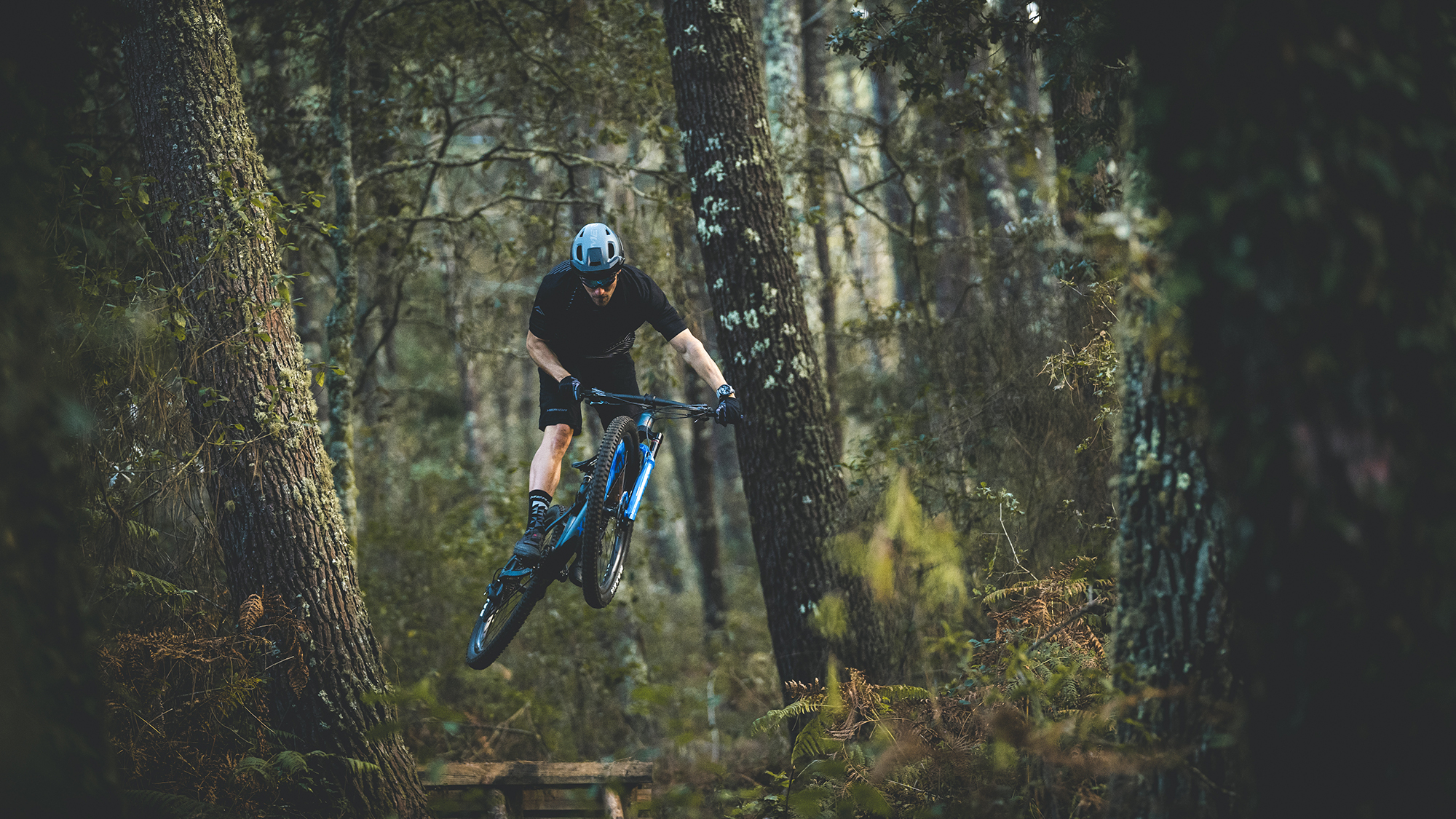
Anybody who’s stepped foot in a bike shop or pulled up to a trailhead knows that there is an abundance of different types of mountain bikes out there. Plus, sites like this one constantly writing about terms like ‘enduro’ and ‘cross-country’ can make things confusing.
Choosing the best mountain bike for your type of riding can be tricky, the good thing is that there are some general rules that define what category bikes are placed in to make things easier. Continue reading and we’ll give you a rundown of the basics and then discuss how bikes are constantly evolving, and with that, blending the different types of mountain bikes and mountain bike disciplines.
Hardtail vs. full-suspension
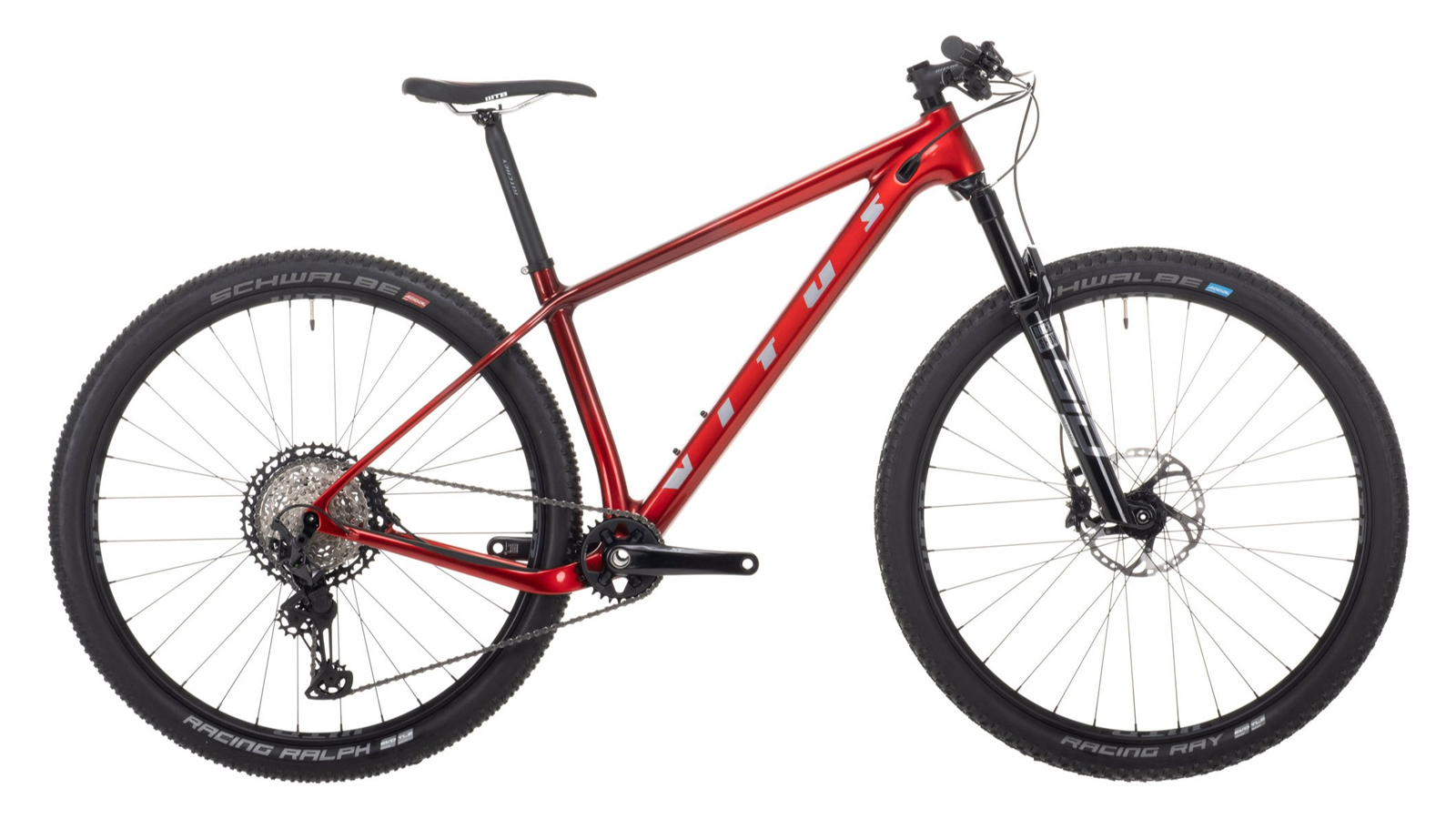
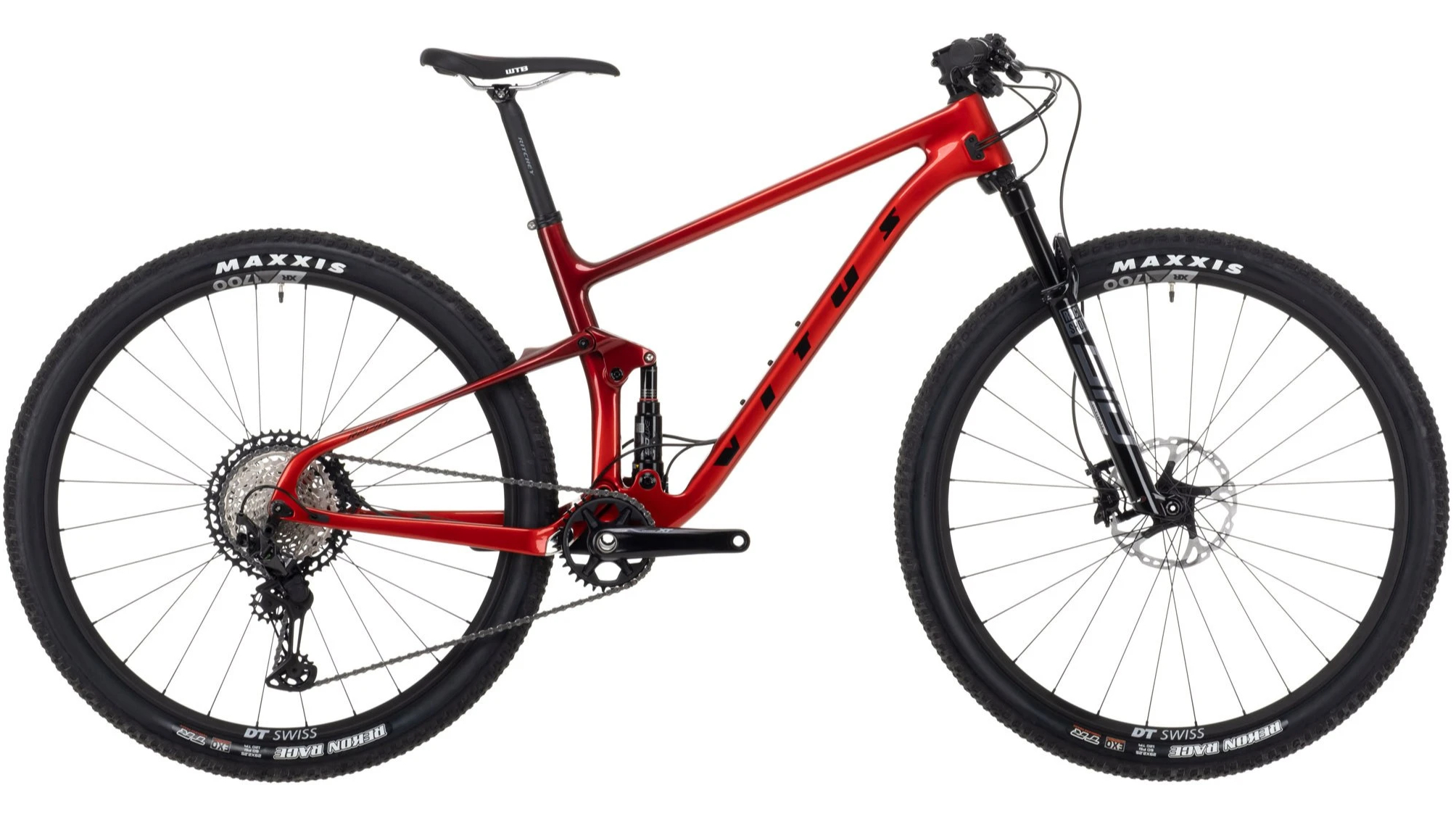
There are two main categories of mountain bikes: hardtails and full-suspension bikes. Hardtails do not have a rear shock and have either a suspension fork or a rigid fork. Full-suspension bikes are defined by having both front and rear suspension.
Because they have fewer components, hardtails are cheaper than full-suspension bikes, but there are top-of-the-line hardtails too. On the budget end of the spectrum, hardtails are generally designed for simpler cross-country and trail riding. That means they can ride anything from dirt roads to singletrack, but they will struggle when the trails get more technical.
Brands also make hardtails that are meant for more aggressive riding. These bikes start with a basic hardtail frame design, but their geometry is slacker for more stability and control on the descents. These hardtails will also feature forks with more travel, beefier tires, and dropper seat posts.
At the top end, hardtails are made from carbon fiber and designed for racing. These bikes are extremely lightweight and efficient. They are used for races that feature a lot of climbing or smoother trails. When the trails get more rough and technical, racers will use a full-suspension bike.
As stated above, full-suspension bikes have both a front fork and rear shock. Full-suspension bikes are grouped into categories like cross-country, trail riding, enduro, and downhill, which we have listed here.
It should also be noted that nearly all types of bikes are now offered in both 29er and 27.5-inch wheel sizes. Manufacturers are now offering bikes in ‘mullet’ or MX wheel size setups, predominantly gravity orientated enduro and downhill bikes, they are setup with a 29er front wheel and 27.5-inch rear wheel.
Cross-country bikes
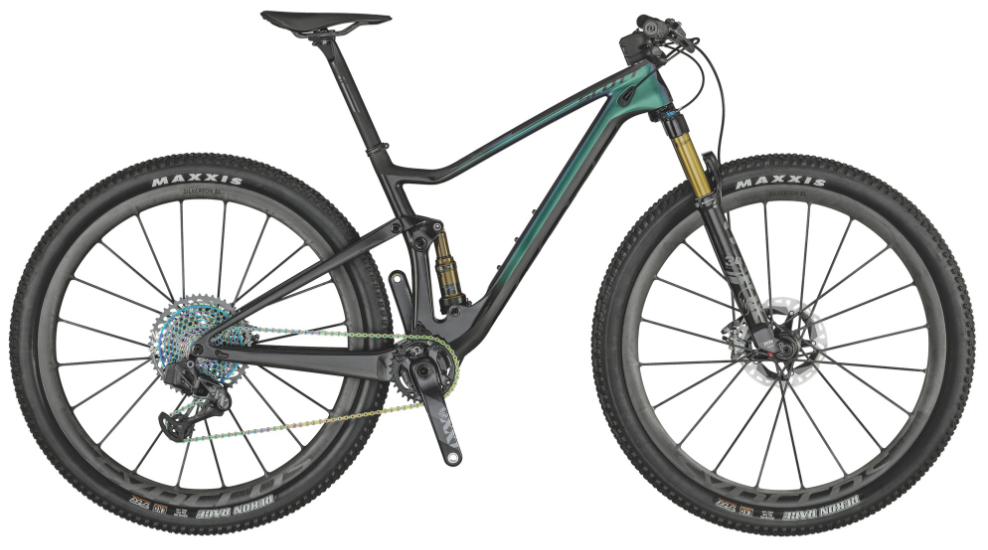
Full-suspension cross-country bikes feature steeper geometry than other types of mountain bikes and are designed for pure speed and efficiency. They generally have no more than 120mm of suspension travel, and the suspension design is optimized for efficiency.
The suspension on a cross-country bike should not engage or ‘bob’ when the rider pedals. Each manufacturer accomplishes this in different ways, but one unique example is Specialized’s Brain system. On the Specialized Epic, the suspension's Brain system does not engage until it senses a bump. Fox’s Live Valve system works in a similar way but uses electronic sensors rather than valves.
The surging trend of downcountry bikes takes the efficiency of an XC race bike but compromises the all-out lightweight by adding a little more capability. Downcountry bikes sit around 120mm of travel and get specced with components that increase descending capability such as tougher tires and longer dropper posts. Downcountry bikes can be considered different from trail bikes as the frames are generally modified XC frames rather than a specific design.
Trail bikes
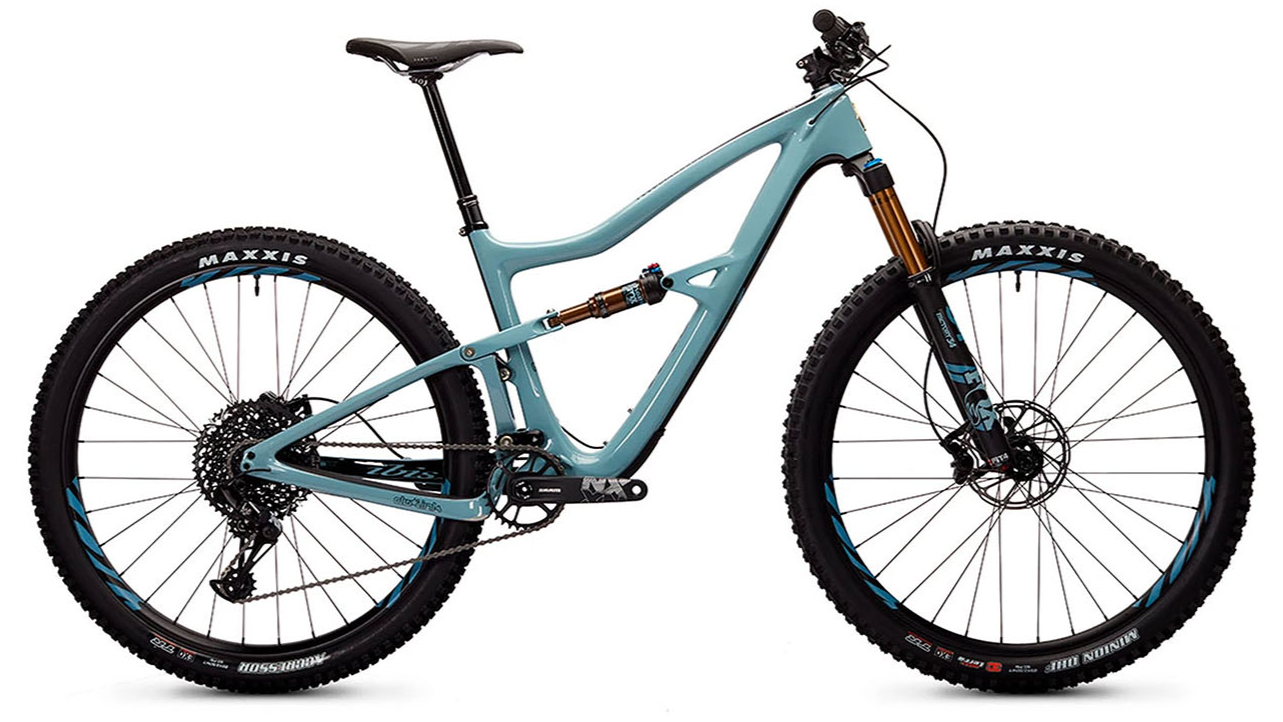
Trail riding and the corresponding trail bikes refer to what can be thought of as ‘everyday’ mountain bike riding. Trail bikes are designed to have as much fun as possible on any given terrain and be just as capable on the climbs as they are on the descents. Trail bikes have traditionally been thought of as jack of all trades bikes. Though if the trail bikes of yesteryear were masters of none, technological advancements have made them masters of a lot.
The modern trail bike’s geometry is slacker than a cross-country bike but not quite as slack as an enduro bike. Trail bikes are perhaps the broadest category of mountain bikes, but they range from 130 to 150mm of suspension travel.
A trail bike will certainly have a dropper post, and it will have more powerful brakes than a cross-country bike. The tires will be beefier too, and the suspension will feature models like the RockShox Pike or Fox 36.
Enduro bikes
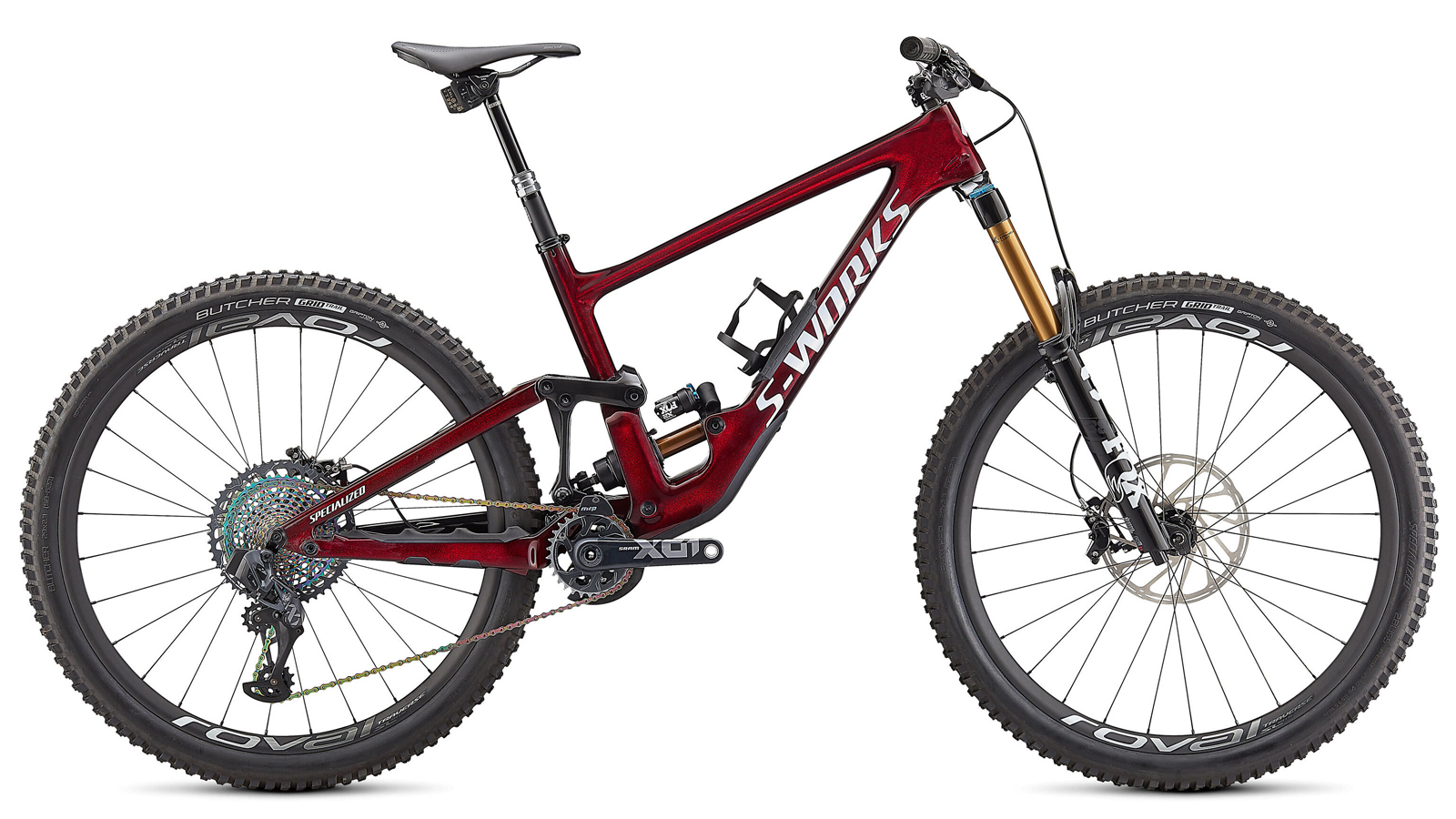
Enduro bikes grew out of the emergence of enduro racing, where riders compete on a long course full of challenging climbs and descents, but they only race against the clock on the downhill sections.
Enduro bikes are designed to be able to climb up to the top of the mountain but really shine on the way back down. For this reason, they feature more than 150mm of suspension travel and an even slacker frame. The components will all be beefed up to handle the rigors of challenging, rough terrain. If a trail bike is a jack of all trades, then enduro bikes are biased toward downhill performance.
Pre the advent of the enduro race format these bikes were described as all-mountain bikes. The all-mountain term is not as common anymore however it is usually used to describe a bike with between 140mm and 160mm of travel.
Downhill bikes
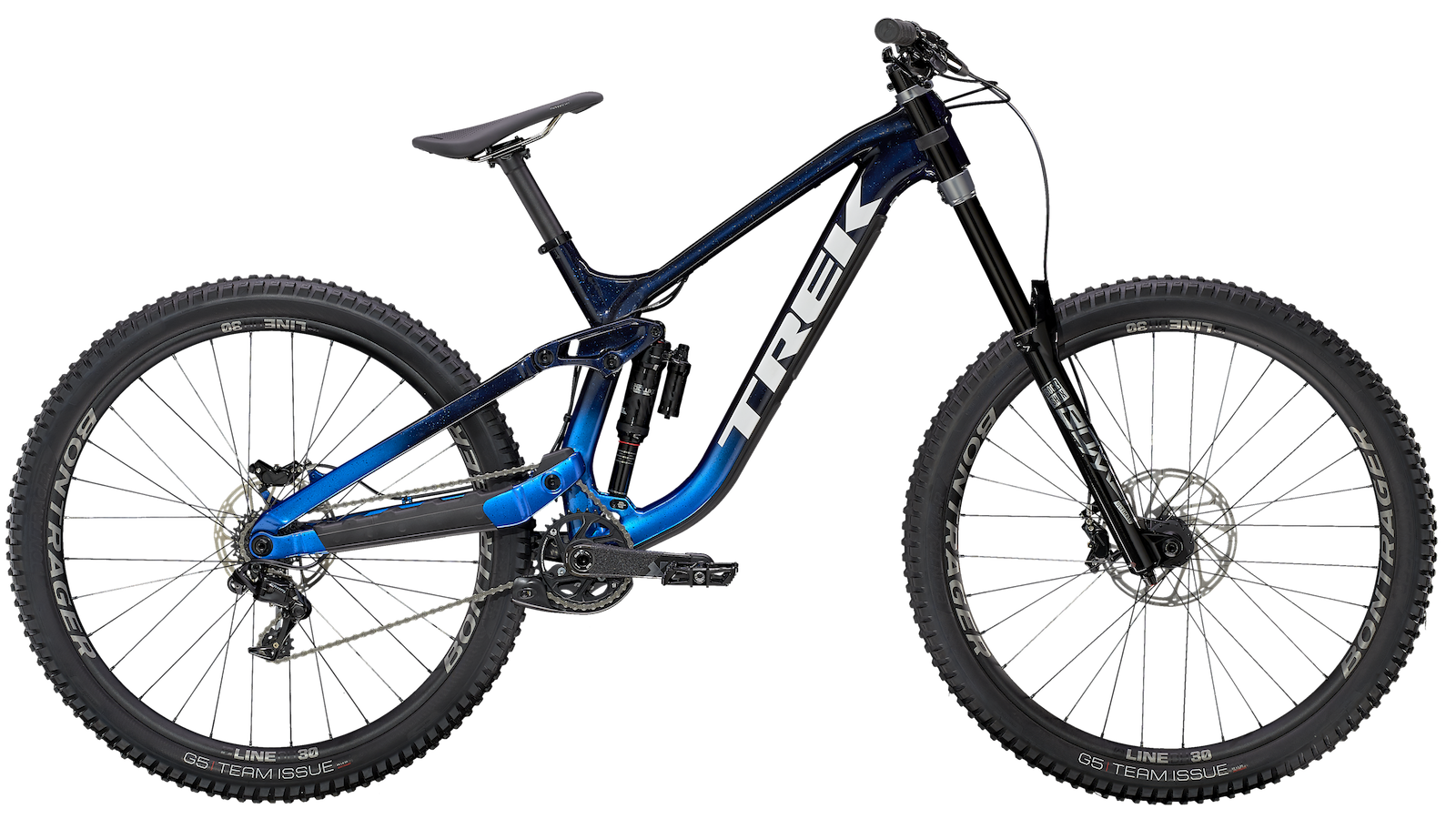
Downhill bikes are meant for one thing: going downhill fast. They are completely optimized for the most challenging downhill trails, and if you try going uphill on one, you’ll probably be better off walking.
Downhill bikes generally have around 200mm of suspension travel and the burliest components. What makes downhill bikes stand out are dual-crown forks, like the RockShox BoXXer or Fox 40. They will often have coil shocks, but air shocks are available too. Brands make downhill-specific brakes, drivetrains, and components because the requirements of downhill bikes are so specific and intense.
Blending of the disciplines
With improvements in bike design and technology, bikes are starting to blur the lines between the different categories. For instance, is a 150mm bike a trail bike or an enduro bike? It can be hard to tell. That’s one reason why you should always test ride a bike before buying to observe its individual characteristics.
One interesting development in bike design in recent years is downcountry or more aggressive cross-country bikes. Downcountry bikes, like the Specialized Epic Evo or Cannondale Scalpel SE, feature slacker geometry than traditional cross-country race bikes to make them all-rounder trail rippers that blend XC race bikes and trail bikes.
Freeride is another example. There aren’t necessarily freeride-specific bikes, with riders choosing the bike that best fits their needs. Many will use a downhill bike, but some prefer single crown enduro bikes. There are even bikes meant for slopestyle or dual-slalom competitions, but many brands don’t even offer them as standard production bikes. Dirt jump bikes predominantly hardtails, although there are short travel full-suspension options available, and are meant for jumping or skatepark riding.
There is beauty in the variety of mountain bikes. Today, riders can truly customize their bike to the type of riding they do and where they live. The best way to figure this out for yourself is to get to riding and follow the fun.
- Mountain bike suspension: everything you need to know
Ryan Simonovich has been riding and racing for nearly a decade. He got his start as a cross-country mountain bike racer in California, where he cultivated his love for riding all types of bikes. Ryan eventually gravitated toward enduro and downhill racing but has also been found in the occasional road and cyclo-cross events. Today, he regularly rides the trails of Durango, Colorado, and is aiming to make a career out of chronicling the sport of cycling.
Rides: Santa Cruz Hightower, Specialized Tarmac SL4
